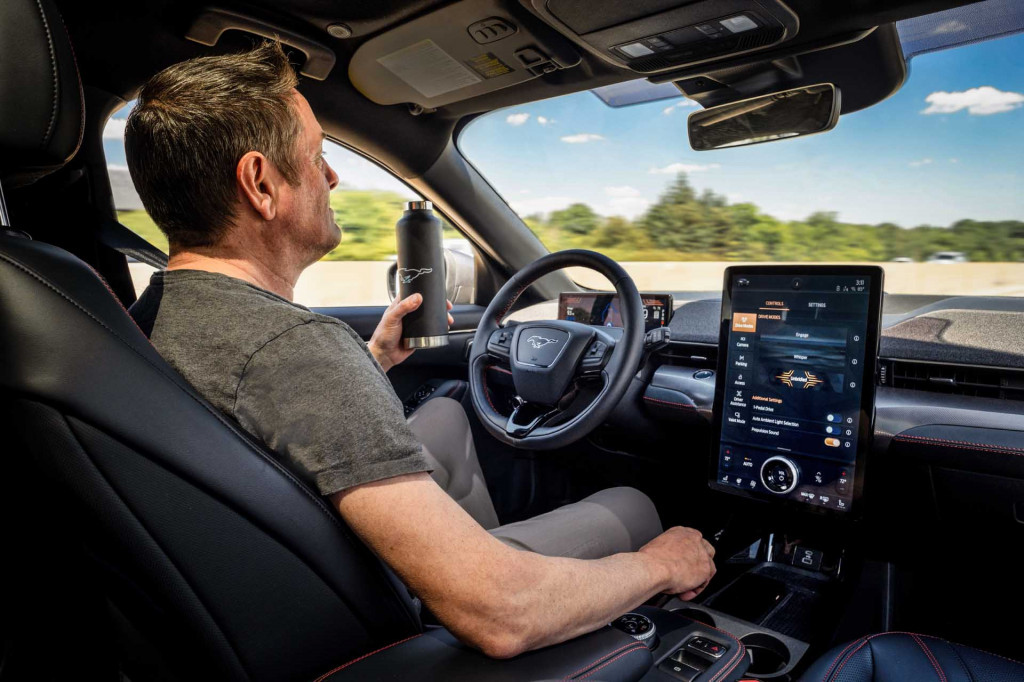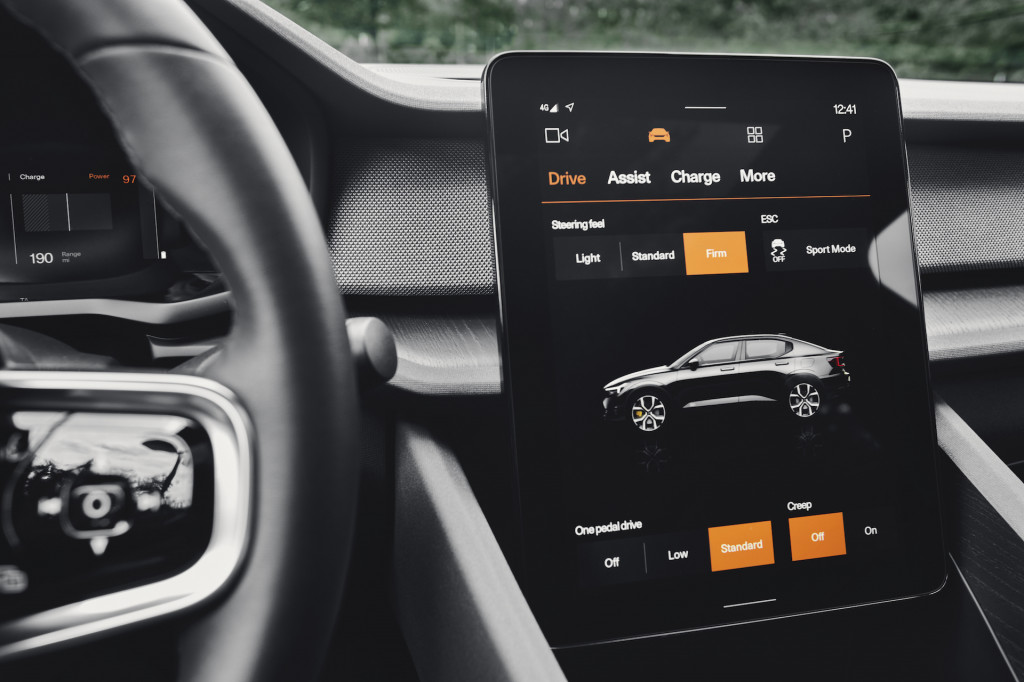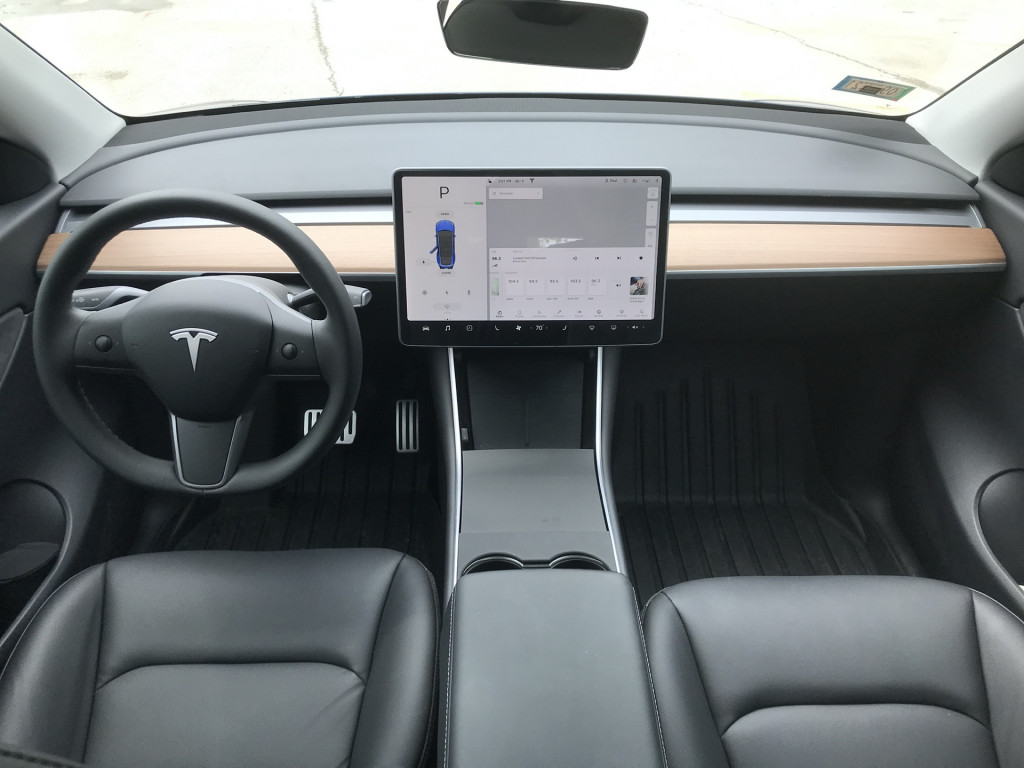Remember when the most fuel-efficient cars were also the ones with stripped-down cabins and nearly featureless interiors?
Today, in the era of electric cars, that idea is mostly obsolete—partly because it takes a wealth of technology both in the cabin and integrated with the propulsion system that helps us save energy and preserve the earth. Adding more in-cabin tech to that econobox might have dented its gas mileage, but tech is the enabler for EVs.
Technology such as heat pumps help EVs—or plug-in hybrids like the RAV4 Prime—stay efficient year-round, as do the bun-warmers and heated steering wheels that make us less likely to crank up the heat. Sophisticated route planners in the Polestar 2 and Volvo XC40 Recharge help us calculate the most efficient way and save time on charging stops. And in the Tesla Model Y, the Mustang Mach-E, and most of the other models on our list of contenders this year, some level of over-the-air updates can help improve performance and range over time.
Here’s a quick rundown of the leading-edge technology showcased in each of our Best Car To Buy 2021 contenders:

Ford Mustang Mach-E Active Drive Assist
Ford Mustang Mach-E
The Mustang Mach-E will be one of the first vehicles from Ford to offer comprehensive over-the-air updates. It also offers an exclusive layout for Ford’s Sync 4 infotainment system, incorporating a big 15.5-inch portrait-aspect touchscreen and familiar, tablet-like controls. The Mach-E is also one of the debut vehicles for Active Driver Assist technology, which will rival systems like Tesla’s Navigate on Autopilot and GM’s Super Cruise.

2021 Polestar 2
Polestar 2
The Polestar 2 is also the debut vehicle for a new generation of safety systems from the Volvo Cars and Geely Group braintrust, involving solid aluminum blocks placed around the firewall and sides of the car to prevent intrusion, plus inner-side airbags for the front seats to cushion person-to-person collisions. With the XC40 Recharge, it’s the first vehicle in the world to use an infotainment system built on Google’s Android Automotive OS.

2021 Volvo XC40 Recharge
Volvo XC40 Recharge
The XC40 Recharge is Volvo’s first electric vehicle, and it shares its platform and Android Automotive OS–based interface with the Polestar 2. Like the Polestar 2, it gets a version of Volvo’s Pilot Assist system that can automatically accelerate, brake, and steer within a set lane at up to 81 mph. It also has a new-generation route planner built in that, Volvo tells us, will take into account vehicle efficiency for the trip and adjust recommended charge points on the fly.

2020 Tesla Model Y
Tesla Model Y
What’s not leading-edge here? It seems that between the ever-improving ability set of the Tesla Model Y via over-the-air updates, the Full Self-Driving bonus moves like Smart Summon, and its beautifully integrated and quick-reacting infotainment system, there’s a lot to wow beyond the Model Y’s performance and range numbers. If there’s one complaint on Model Y tech, it would be that from inside the cabin, there’s just so much carried over from the Model 3—except for the heat pump, which will help boost cold-weather range.

2021 Toyota RAV4 Prime XSE
Toyota RAV4 Prime
Although the RAV4 Prime doesn’t look any more leading-edge than its best-selling RAV4 and RAV4 Hybrid models, it represents some firsts for Toyota in the carmaker’s typical understated way. The lithium-ion cells used for the 18.1-kwh battery pack mark the start of something new, as they’re the first to come from a new Toyota-Panasonic joint venture. And how Toyota has tuned the Prime alone says much about the brand’s intent to frame electric propulsion in the future: The Prime is the quickest vehicle in the model lineup outside of the Supra sports car.
Visit our editorial group’s other Best Car To Buy awards—at Motor Authority and The Car Connection. And vote for The Car Connection’s annual Driver’s Choice.













